NFT Gaming in 2025: How Not to Blow Your Wallet and Still Have Fun
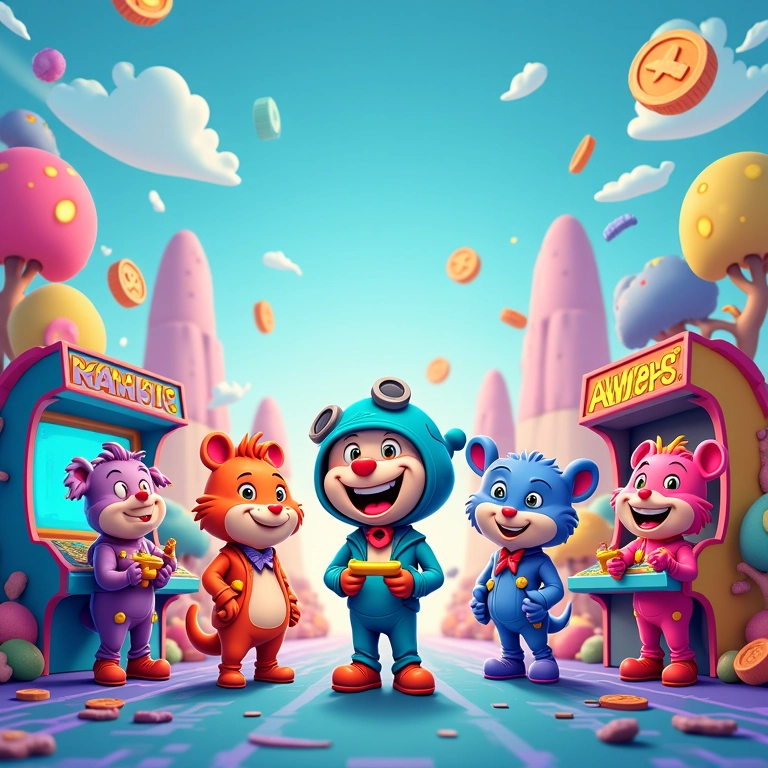
Introduction: The GameFi Dream vs. Reality
NFT gamer types are evolving fast in 2025. From whales to rage quitters, here’s how to know where you fit in Web3 gaming.
In the last few years, the rise of GameFi—a fusion of gaming and decentralized finance—has promised to change the way we play and earn. On paper, it’s a gamer’s dream: you enjoy immersive worlds, collect NFTs, and generate real income through your gameplay.
Driven by play-to-earn models, titles like Axie Infinity, Decentraland, and Illuvium showed what’s possible when games reward players with tokens and tradable digital assets. The concept quickly went viral—especially among gamers, crypto enthusiasts, and even people seeking alternative income sources during economic uncertainty.
But for every success story, there’s a dozen tales of disappointment. For many, NFT games in 2025 are no longer just a goldmine—they’re a minefield. Players bought overpriced NFTs, only to see game servers go dark. “Earn tokens while having fun” turned into “burn your wallet and blame the roadmap.”
The reality? The GameFi space is still immature, volatile, and overcrowded with both innovative experiments and blatant cash grabs. From broken tokenomics to rug-pull scandals, the dream is often much harder to reach than it looks in whitepapers and Discord hype threads.
The Allure of GameFi
Despite the risks, there’s still a powerful appeal. NFT games offer ownership of assets, interoperability between platforms, and the ability to participate in growing blockchain economies. For many gamers, that’s more than a promise—it’s a revolution.
Instead of wasting hours grinding in games where assets are locked and worthless, Web3 games give players value and control. Whether it’s trading a rare item on OpenSea, renting land in The Sandbox, or earning tokens by defeating bosses—there’s a genuine thrill in turning skill and time into digital currency.
The Harsh Truth
However, the honeymoon is over. In 2025, most NFT games aren’t delivering on their promises. Crypto volatility wrecks in-game economies. Environmental debates around blockchains spook mainstream audiences. And scammy projects push away casual players before they even buy their first NFT sword.
This guide dives into the honest reality behind the hype. You’ll learn what works, what’s broken, which games are worth your time in 2025—and how to protect yourself from the traps that have drained so many wallets.
“GameFi is not dead—but you better wear armor.”
Why Most Gamers Lose Money in NFT Games
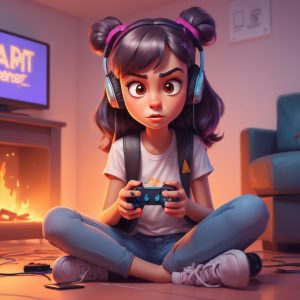
The promise of earning while gaming sounds like a dream come true. But in reality, most players who enter the NFT gaming world end up losing money—and sometimes their patience too.
Let’s break down the most common traps that catch unsuspecting gamers and investors in 2025:
1. High Initial Investment
Most NFT games require players to purchase assets (characters, land, weapons) before even starting. These can cost anywhere from $50 to several hundred dollars, often priced in volatile cryptocurrencies.
Worse, some games have no proper earning model—so you end up paying to play, not earning to win.
2. Token and NFT Price Volatility
The in-game economy is often linked to crypto tokens or NFTs whose values can drop 80–90% overnight. If you buy a character for 0.2 ETH and the game token tanks, your investment becomes worthless—fast.

“Invested 5 ETH… and all I got was this panic attack.”
“Bought NFT sword for $200. Game died next week.”
3. Rug Pulls and Exit Scams
Hundreds of GameFi projects have disappeared after initial hype. Developers collect millions from NFT sales and token launches, then abandon the game. Players are left with digital junk—and no refund.
Red flag checklist:
- No whitepaper or roadmap updates
- Team not doxxed or verified
- Overpromising ROI (“2x in 7 days”)
- Suspicious tokenomics (infinite minting, poor liquidity)
4. Pay-to-Win Design
Many NFT games are unbalanced—rich players get massive boosts through expensive items. This discourages casual players and destroys community balance.
Instead of skill, it becomes a matter of how deep your wallet is.
5. Low Utility and Boring Gameplay
Some NFT games are built for profit—not fun. Repetitive mechanics, zero storyline, or no actual “game” at all. You buy an NFT, click five times a day, and wait for tokens that never come.
6. Poor Research and FOMO
Most losses come from emotional investing. People jump into new games without checking the dev team, community, or roadmap. Hype and fear of missing out (FOMO) are dangerous triggers in crypto.
“If you invest in a game without playing it, you’re not a gamer—you’re a gambler.”
In short: GameFi is not a shortcut to easy money. You need research, timing, and skepticism. Learn from others’ mistakes—or you’ll be the meme next time.
Top 5 NFT Games to Watch in 2025
The NFT gaming scene has grown beyond pixel pets and card decks. In 2025, we’re seeing AAA-level graphics, sustainable tokenomics, and hybrid gameplay that mixes fun with finance. Here are five standout NFT games that are gaining serious traction.
| Game Title | Genre | Entry Cost | ROI Potential | Status | Visual Style |
|---|---|---|---|---|---|
| Illuvium | Open World RPG | $200 | 🟢 High | Active | AAA Sci-Fi 3D |
| Gods Unchained | Card Strategy | $0–$50 | 🟡 Moderate | Live | Fantasy Art |
| The Sandbox | Virtual World | $150+ | 🟡 Medium | Live | Voxel / Pixel |
| Big Time | Action MMO | $100 | 🟢 High | Beta | Stylized 3D |
| Star Atlas | Space Strategy | $250 | 🔴 Risky / High | Pre-Launch | Unreal Engine 5 |
1. Illuvium
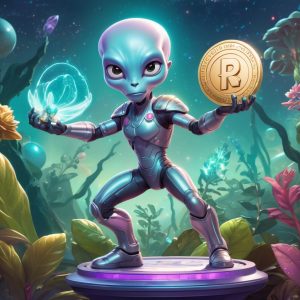
Illuvium is an expansive RPG set in a sci-fi world where players collect creatures called Illuvials. Built on Immutable X, it blends stunning visuals with GameFi mechanics. Its ecosystem includes land NFTs, battle arenas, and even auto-battlers. Backed by a serious team, it’s a Web3 flagship.
2. Gods Unchained
A free-to-play card battler with real ownership. You earn card packs by playing, trade cards as NFTs, and compete in ranked ladders. Great for casuals and strategists alike, it’s one of the few games with a live economy that works.
3. The Sandbox
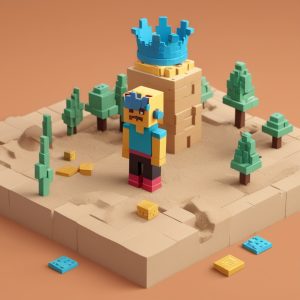
This voxel-style virtual world allows users to build, play, and monetize experiences. With celebrity partners and endless modding potential, it’s a metaverse cornerstone. Land NFTs are still pricey but may rise with new content drops.
4. Big Time
Big Time is a time-traveling MMO where players team up to fight bosses and collect NFT loot. The gameplay is fluid, the visuals are smooth, and the studio has real industry veterans. With NFT-based cosmetics and spaces, it merges style with substance.
5. Star Atlas
Star Atlas is a bold bet—Unreal Engine 5 graphics, space fleets, resource mining, and tokenized galactic dominance. Still in pre-launch, but if it delivers, it could be the EVE Online of crypto gaming. Caution: High entry cost and high risk.
Note: Always do your own research (DYOR) before investing. Even top-rated NFT games carry risk.
Lessons from the Crypto Gaming Kings
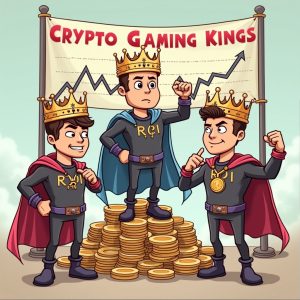
While most players struggle to break even in NFT games, a few savvy veterans—known as “Crypto Gaming Kings”—seem to thrive no matter what. They’re not just lucky; they’ve learned to treat Web3 gaming like a business, not a fantasy. Here are the key lessons they’ve mastered:
1. Don’t Chase Hype — Follow Fundamentals
Top players don’t buy NFTs during peak FOMO. They research tokenomics, roadmap, dev activity, and community strength. If the Discord is empty and the roadmap looks vague, they skip it—no matter how shiny the trailer is.
Pro Tip: Look for games with long-term utility, not just short-term staking rewards.
2. ROI Beats Rarity
Owning a “rare NFT” means nothing if it doesn’t produce returns. Crypto Gaming Kings focus on cash flow NFTs—characters, tools, or lands that generate tokens or tradable resources. Rarity is just hype; utility equals value.
3. Diversify Your Game Portfolio
They never go all-in on one title. If Illuvium tanks, they’ve got assets in Big Time or The Sandbox to fall back on. Just like in DeFi, diversification is survival in GameFi.
4. Flip Early, Farm Steady

Early adopters flip NFTs during the launch phase for quick profits. Then, they settle into farming mode—grinding tokens and assets over time. They understand when to trade and when to play.
“The game isn’t just in-game—it’s also on-chain.”
5. Use Guilds and DAOs
Many top players don’t grind alone. They join gaming guilds or DAOs to rent assets, share strategies, and split rewards. Platforms like Yield Guild Games or Merit Circle help players scale faster without massive investment.
6. Track Everything
Winning players track every move: how much they spent, when they earned ROI, and which games are gaining traction. Some even use spreadsheets or Web3 dashboards to monitor their portfolio.
7. Emotion ≠ Strategy
Most importantly, they keep cool. No panic buys. No rage quits. No Discord drama. Just data-driven decisions and a long-term mindset. Emotion kills profits.
Bonus: They Don’t Marry Their NFTs
If a game dies, they move on. Even rare NFTs are just tools—don’t get emotionally attached. Adaptability is key.
Want to level up your strategy? Start by copying these kings: research more, risk less, and always play the long game.
NFT Gamer Archetypes: Which One Are You?
GameFi isn’t just about tokens and tactics—it’s about personality. Over time, a handful of classic gamer types have emerged in the NFT space. From fearless flippers to farming fiends, everyone fits somewhere in this pixelated zoo.
Here are the 5 most common archetypes in the world of Web3 gaming. Which one are you?
🐹 The Diamond Hands Hamster
Buys high, holds forever, never sells—because “it’ll moon eventually.” Wakes up every day to check the floor price. Still thinks StepN is coming back. Proudly holds NFTs from 2021 that are now worth less than gas fees.
Catchphrase: “Not selling. Ever. Not even for a Lambo.”
🐳 The Whale Warlord
Buys all the legendary loot on Day 1. Dominates the game economy. Appears in PvP like Thanos with a wallet. Other players either join his guild or leave the server. Believes gaming is a business—and plays like one.
Catchphrase: “It’s not pay-to-win. It’s invest-to-dominate.”
🧑🌾 The Token Farmer
Spends 6 hours a day collecting coins, breeding pets, or harvesting pixel carrots. Not flashy, but consistent. May not own legendary NFTs—but has $300 in tokens stacked by the end of the month. Grinding is the way.
Catchphrase: “Just one more daily quest…”
🎭 The FOMO Flipper
Buys anything that trends on X (Twitter). Never reads whitepapers. Joins late, sells early, blames gas fees. Lives in a loop of “buy high, sell low.” Recognizable by their 0.002 ETH wallet and trail of abandoned Discord servers.
Catchphrase: “This project is the next Axie bro, trust me.”
💣 The Rage Quitter
Joined GameFi for the passive income. Found lag, bugs, gas fees, and NFT crashes. Deleted MetaMask three times. Still lurks in Telegram, waiting for “the one good game.” Has PTSD from minting JPEGs in 2022.
Catchphrase: “I’m done with NFTs. For real this time.”
Which one are you?
NFT gamer types are not just labels — they define your survival strategy in 2025’s volatile Web3 gaming world.
- Hamster
- Whale
- Farmer
- Flipper
- Rage Quitter

Lineup of suspects at OpenSea HQ.
Web3 gaming is wild—but the community makes it unforgettable. Whether you’re a grinder, a gambler, or a ghost, there’s always a new role to play.
Final Thoughts: Can You Still Win in NFT Gaming?
GameFi isn’t dead—it’s evolving. 2025 is a turning point. The market is maturing, scams are getting filtered out, and quality is starting to matter. That’s great news if you’re willing to play smart.
Whether you’re flipping swords in Illuvium or farming carrots in FarmFi, always remember: this is still the wild west of gaming. Do your research, manage your risk, and don’t chase quick wins. Sustainable play-to-earn is possible—but it rewards patience and strategy.
If you’ve made it this far, you’re already ahead of 90% of players. The next step? Join the conversation and keep learning.
🎮 Join the Digest
Want weekly NFT & GameFi updates, exclusive guides, and memes that don’t suck?
FAQ: Common Questions About NFT Games in 2025
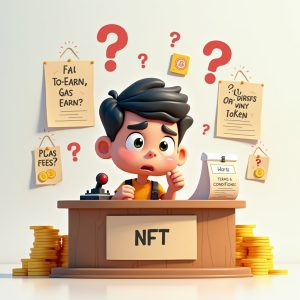
Are NFT games still profitable in 2025?
Yes, but it depends on timing, the game’s mechanics, and market trends. Focus on utility and active communities—not just hype.
How much should I invest in an NFT game?
Never invest more than you’re willing to lose. Start small. Many games now offer free-to-play options or low-cost entry levels.
What are the safest NFT games to try?
Games with doxxed teams, long-term roadmaps, active Discord/Twitter presence, and audited contracts. Examples: Gods Unchained, Illuvium, The Sandbox.
How can I spot a scam?
- No team info or LinkedIn profiles
- Promises of guaranteed ROI
- No gameplay footage or working demo
- Pump-and-dump token charts
Where do I start?
Check our full NFT Gaming section or explore beginner-friendly guides in our Education Hub.
This guide to nft gamer types in 2025 is part of our Web3 Education series.
🤖 View Our AI Portfolio
Discover all assistants powering CryptoNav.
🔗 View AI Portfolio
🚀 Connect With Us
📬 Stay Updated on Web3 Careers
Join our newsletter to get weekly tips, job openings, and tools for Web3 professionals.
💸 Start Earning with CryptoNav
Explore top crypto platforms, claim welcome bonuses, and support our work through affiliate links:




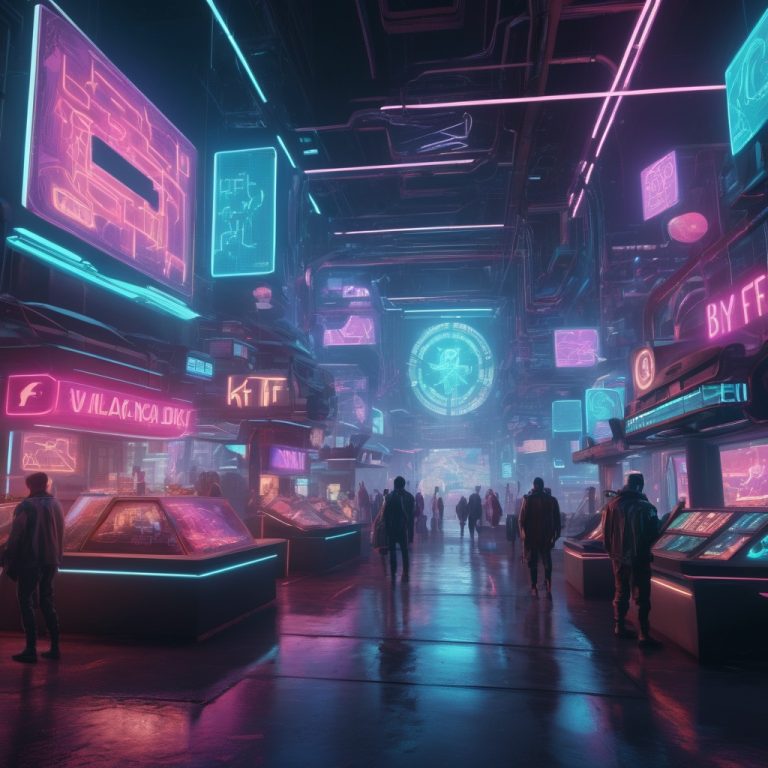

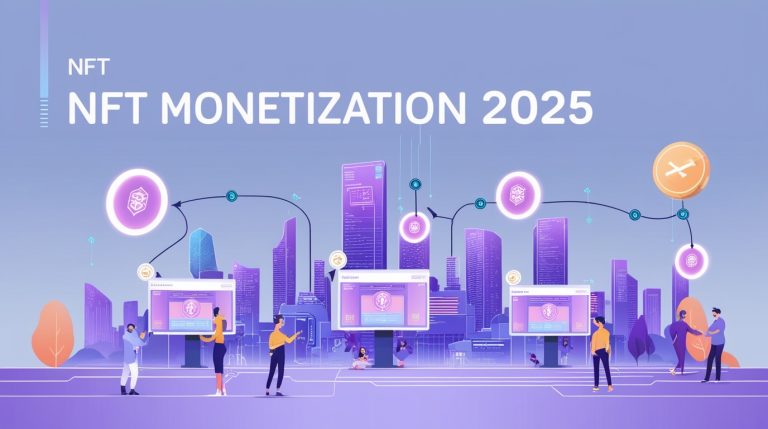
One Comment